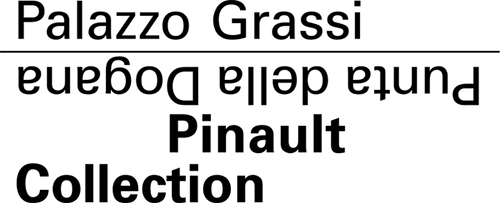Ufan
The school of things
Korean artist Lee Ufan was born in 1936. Philosophy graduate, painter and sculptor, he was one of the founders and theoretical leaders of the Mono-ha avant-garde group. He is a minimalist who focuses on natural materials and the energy of the cosmos. How does he do this? Lee Ufan allows natural materials to speak to each other, omitting any artifice, with a typically Japanese sense of calm and strong aesthetic sense. Like the other Mono-ha artists, Lee Ufan likes to make visible the vibrations of the world, which he does using the following materials: stone, glass and paper.
The school of things
Korean artist Lee Ufan was born in 1936. Philosophy graduate, painter and sculptor, he was one of the founders and theoretical leaders of the Mono-ha avant-garde group. He is a minimalist who focuses on natural materials and the energy of the cosmos. How does he do this? Lee Ufan allows natural materials to speak to each other, omitting any artifice, with a typically Japanese sense of calm and strong aesthetic sense. Like the other Mono-ha artists, Lee Ufan likes to make visible the vibrations of the world, which he does using the following materials: stone, glass and paper.




